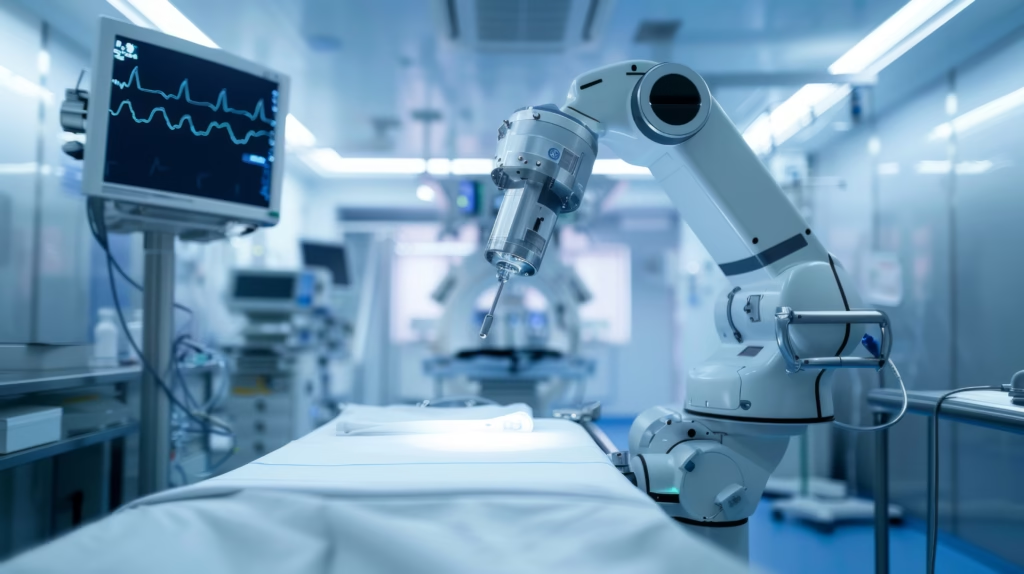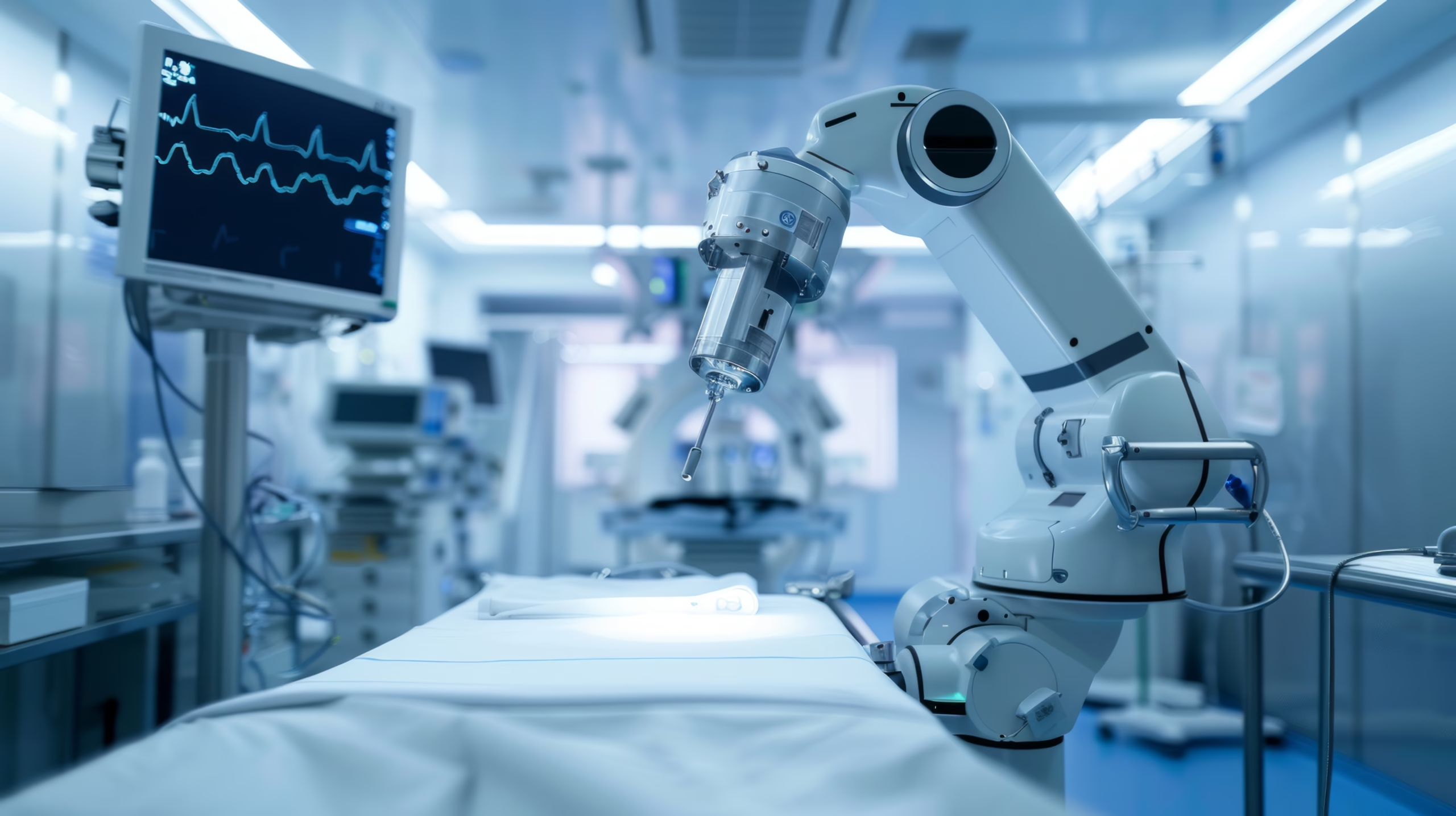General surgery has come a long way over the decades. From manual tools to minimally invasive techniques, advancements have consistently improved outcomes. But now, robotic technology is taking general surgery to an entirely new level. This evolution isn’t just about new tools—it’s about redefining precision, patient care, and recovery. Robotics represents a turning point, transforming surgeries that once seemed complex into streamlined, efficient procedures.
What is Robotic Technology in General Surgery?
Robotic technology in general surgery involves using robotic systems to assist surgeons in performing operations. These systems typically include robotic arms, a camera, and a control console. Surgeons operate these machines, guiding them with incredible precision. The technology enhances the surgeon’s capabilities by offering greater dexterity, improved visualization, and access to hard-to-reach areas. Simply put, robots act as an extension of the surgeon’s skills, making procedures safer and more effective.
Key Benefits of Robotic-Assisted General Surgery
Robotic-assisted surgery offers numerous benefits for both surgeons and patients. For surgeons, it provides better ergonomics and eliminates hand tremors, ensuring precision. For patients, it means smaller incisions, less blood loss, and faster recovery times. The technology also reduces the risk of complications, making surgeries less daunting. In many cases, patients can return to their routines much sooner than with traditional methods.
How Robotic Technology is Revolutionizing General Surgery
Robotic technology has revolutionized procedures like gallbladder removal, hernia repair, and even colorectal surgeries. These systems allow surgeons to operate with unmatched accuracy. For example, during complex procedures, the robot’s high-definition 3D cameras provide a clear and magnified view of the surgical site. This level of detail ensures better outcomes and fewer errors. Robotic systems are also enabling surgeons to tackle cases that were once deemed too risky or challenging.

Robotic Technology vs. Traditional Methods
When comparing robotic technology to traditional methods, the differences are striking. Traditional surgeries often involve larger incisions, more bleeding, and longer hospital stays. Robotic surgery, on the other hand, is minimally invasive. The robot’s steady precision reduces the chances of human error. While traditional methods may still be effective, robotic-assisted techniques clearly outshine them in terms of precision, safety, and patient recovery.
Challenges and Limitations of Robotics in General Surgery
Despite its many benefits, robotic surgery does face challenges. High costs make it inaccessible to many healthcare facilities. Surgeons require specialized training to operate the systems, which can delay widespread adoption. There’s also the question of affordability for patients, as robotic surgeries often come at a premium. While the technology is revolutionary, addressing these challenges is crucial for making it widely available.
What’s Next for Robotic Technology in General Surgery?
The future of robotic technology in general surgery is incredibly promising. Advancements in artificial intelligence (AI) will make robotic systems even smarter, enabling them to assist with decision-making. Miniaturized robots could allow for even less invasive procedures. Furthermore, as technology becomes more affordable, we can expect widespread adoption across hospitals globally. The future points to surgeries that are faster, safer, and more accessible.
Robotic Technology Around the World
Globally, robotic technology is gaining momentum. Countries like the United States and Japan are leading the charge, with state-of-the-art robotic systems in many hospitals. Meanwhile, emerging economies are gradually integrating these systems into their healthcare infrastructure. As costs come down and training improves, robotic-assisted surgery will likely become a global standard.
General Surgery with Robotics: Myths vs. Facts
There are several misconceptions about robotic surgery. Some believe robots perform surgeries autonomously, but that’s far from true—surgeons are always in control. Others think robotic surgery is only for wealthy patients. While it can be expensive, ongoing innovations aim to make it more affordable. These myths shouldn’t overshadow the undeniable benefits of robotic technology in general surgery.
Training Surgeons for the Robotic Era
Preparing surgeons for the robotic era requires specialized training programs. These programs focus on mastering robotic controls, understanding the technology, and ensuring patient safety. Many medical schools and institutions now offer certifications in robotic-assisted surgery. Continuous education ensures that surgeons remain equipped to handle the latest advancements.
The Cost Factor: Is Robotic Technology in General Surgery Worth It?
Robotic surgery comes with a high price tag, both for hospitals and patients. However, its benefits often outweigh the costs. Faster recovery times mean fewer hospital stays, which can offset expenses. Costs are anticipated to decline as the technology becomes more widely used. For now, it’s an investment in better outcomes and advanced care.
Final Thoughts: Embracing Robotic Technology in General Surgery
Robotic technology is transforming general surgery, offering benefits that were unimaginable a few decades ago. From enhanced precision to improved patient recovery, it’s clear that robotics is setting a new standard of care. While challenges remain, the potential of this technology is limitless. As we embrace the robotic era, we’re not just improving surgeries—we’re redefining the future of healthcare.

